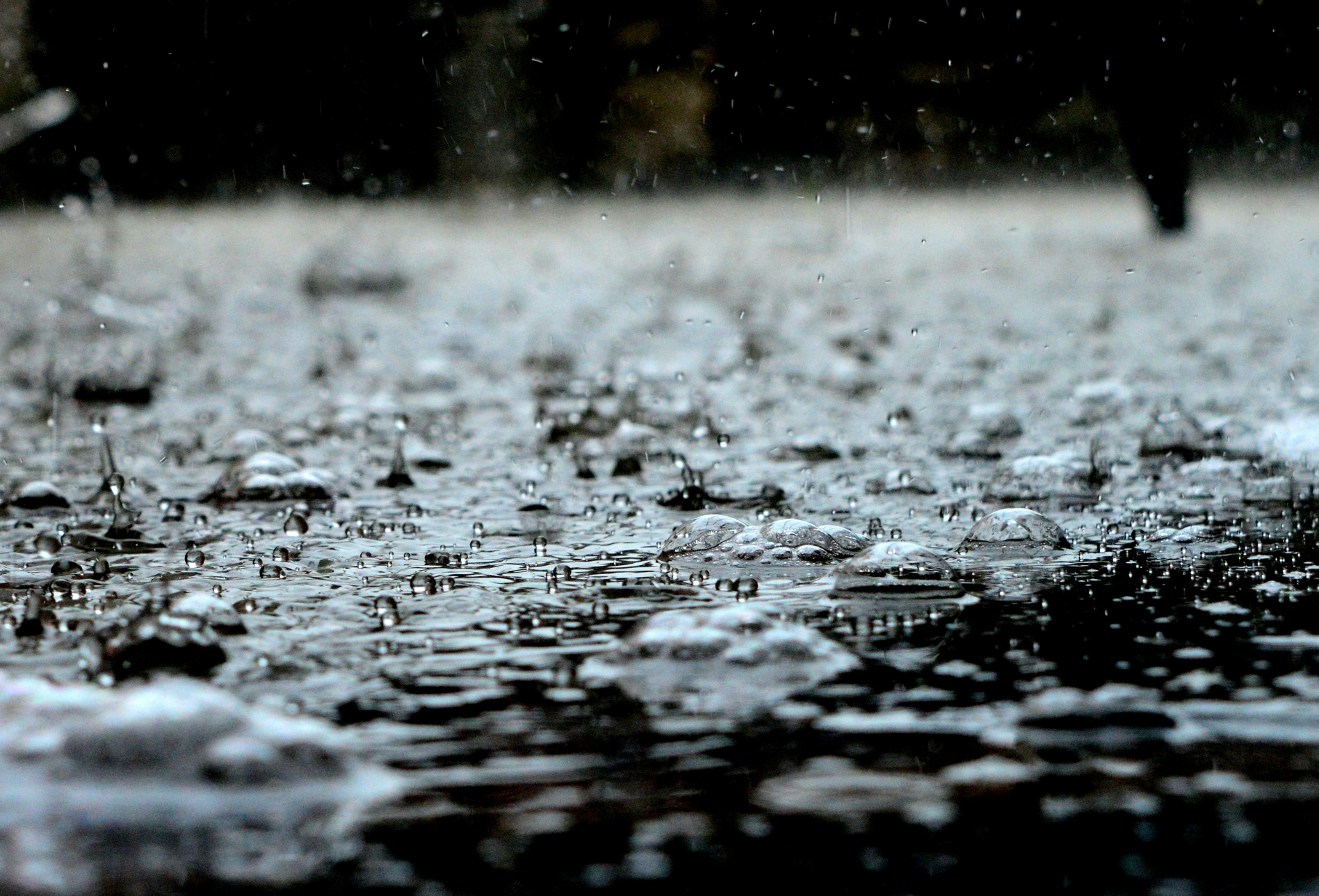Sourcewater, encompassing rivers, lakes, and groundwater, serves as a crucial resource for public drinking water supplies and private wells. During excavation projects, especially near waterways, careful handling is essential to prevent contamination. By exploring the complexities of sourcewater assessments and the diverse risks of contamination, it becomes clear how Stetco Vehicles & Clamshells supported by Haaker Underground provide vital aid for utility teams working near these delicate resources.
Sourcewater Assessments & Contamination Risks
By illuminating the process for assessing risks to our drinking water, it’s easier to find issues and solve them before resources and people are damaged. Sourcewater assessments are foundational for safeguarding drinking water under the Safe Drinking Water Act (SDWA). These assessments follow a structured approach. First, the Delineation of Protection Areas. Defining the Source Water Protection Area (SWPA) identifies the zone crucial for protecting drinking water sources. This step ensures that activities within this area are monitored to prevent contamination. Next, an inventory of contamination sources is taken. Documenting potential sources of contamination is critical. These can range from industrial sites to agricultural runoffs and residential areas. Understanding these sources helps prioritize risk management efforts. Following this is the evaluation of how susceptible the water supply is to the identified contaminants involves assessing factors such as hydrogeology, land use, and proximity to potential pollutants. This step determines the likelihood of contamination reaching the drinking water source. After identification, the public notification & management measures happens. Informing the public about contamination risks is essential for fostering community awareness and engagement in protection efforts. Implementing management measures involves strategies tailored to specific threats, including land use regulations, pollution controls, and emergency response plans. Finally, contingency planning. Developing contingency plans ensures preparedness for emergencies such as contamination events or water supply disruptions. These plans outline steps for swift response and recovery to minimize impact on public health.
Contamination risks encompass various types including physical, chemical, biological, and radiological contaminants. Physically, sediments and debris can impair water quality, reducing clarity and potentially harboring pathogens. Chemical contaminants from industrial chemicals to agricultural pesticides are all threats. These substances can leach into water sources, posing health risks even at low concentrations. Biological contaminants like bacteria, viruses, and parasites from human or animal waste can cause waterborne illnesses like cholera and giardiasis. And radiological contaminants from radioactive materials can enter water sources through natural processes or industrial activities, necessitating stringent monitoring and mitigation efforts. Understanding and addressing these risks through comprehensive assessments and proactive measures are essential to ensuring safe drinking water for communities.

Protecting Sourcewater
Effective sourcewater protection strategies involve a range of proactive measures tailored to the unique characteristics of each water source. For riparian zone restoration, enhancing natural buffer zones along waterways reduces runoff pollution and sedimentation, improving water quality and habitat preservation. For stormwater management, implementing best management practices (BMPs) for controlling stormwater runoff minimizes pollutants entering water sources during rainfall events. In terms of land conservation & easements, protecting critical lands through conservation easements or land use restrictions prevents incompatible development that could degrade water quality. Regulatory Measures like local ordinances and zoning regulations can restrict activities in sourcewater protection areas, ensuring that potential contaminants are minimized or prevented. Community education for local residents, businesses, and industries on pollution prevention fosters a culture of stewardship and responsible water resource management.
Federal frameworks like the Clean Water Act and Safe Drinking Water Act provide guidelines and support for these initiatives, although implementation often relies on voluntary partnerships and local governance. The Environmental Protection Agency (EPA) encourages a multi-barrier approach to water protection, emphasizing the importance of partnerships between government agencies, utilities, and community stakeholders. While federal mandates ensure baseline protections, effective sourcewater management often requires localized solutions and collaborative efforts tailored to specific regional challenges.
Stetco Vehicles & Clamshells
Stetco Equipment, distributed by Haaker Underground, offers innovative solutions for managing municipal drainage operations with minimal environmental impact. All Stetco equipment meets or exceeds EPA stormwater management requirements, ensuring that utility teams can operate near sensitive sourcewater areas in full compliance with environmental regulations.
For example, Stetco Clamshell Bucket Trucks are specialized vehicles are designed to extract debris and sediments from waterways and drainage systems efficiently. Equipped with hydraulic clamshell buckets, they minimize disturbance to aquatic habitats while enhancing operational efficiency. Catch Basin Cleaners (CBCs) are instrumental in removing heavy debris from stormwater structures without the need for water discharge. Their ability to handle abrasive materials effectively reduces maintenance costs and environmental footprint compared to traditional vacuum trucks. Then there’s Stetco’s waterless clamshell feature. Stetco Clamshells dig in and squeeze out water as they close, effectively dewatering the load. Stetco’s waterless functionality is a game changer, simplifying operations and conserving water resources. This capability not only conserves water but also reduces the risk of introducing contaminants back into water sources during cleaning operations.
Stetco’s commitment to sustainability and operational efficiency makes them a preferred choice for utility projects aiming to protect sourcewater while maintaining high standards of environmental stewardship.
Stetco Dealer For Stormwater Management Equipment
Protecting sourcewater requires a coordinated effort involving rigorous assessments, proactive protection measures, and innovative equipment solutions like those offered by Stetco. By integrating these elements, utility teams can uphold environmental standards, safeguard drinking water sources, and ensure sustainable water management practices for future generations.
The synergy between comprehensive sourcewater assessments, robust protection strategies, and advanced equipment solutions is crucial for preserving our water resources. Stetco’s technology not only enhances operational efficiency but also minimizes environmental impact, demonstrating a commitment to responsible water management practices.
To learn more about how Stetco Equipment can support sourcewater protection initiatives while you work, contact Haaker Underground at (909) 598-2706 or message us directly.

